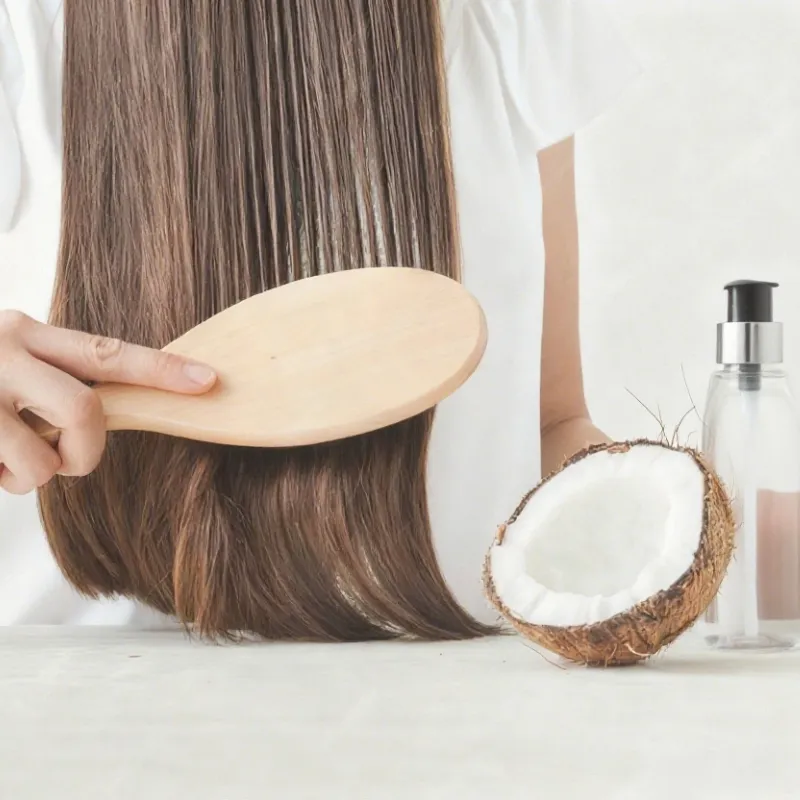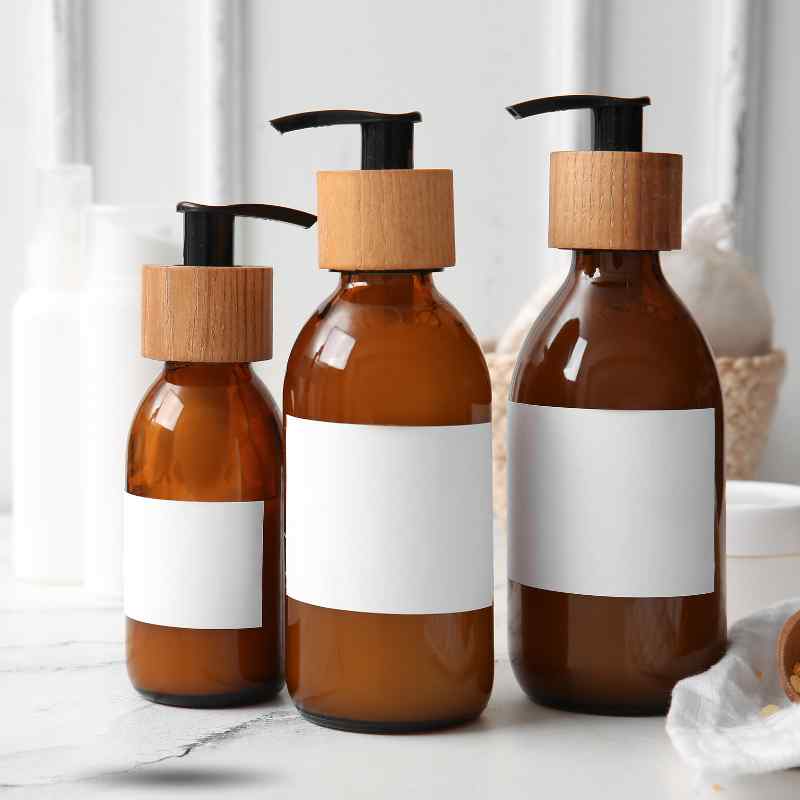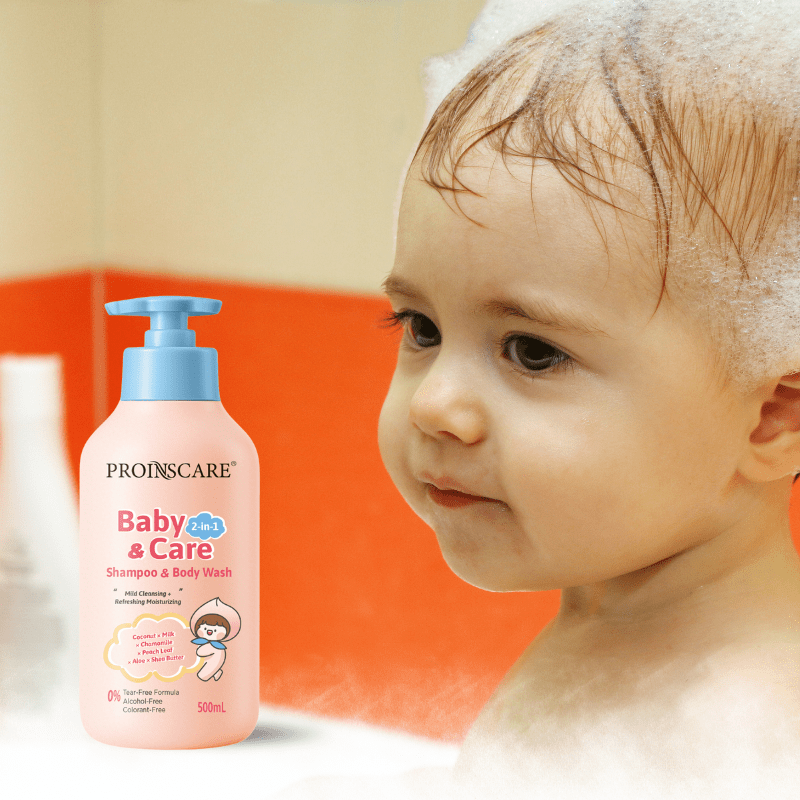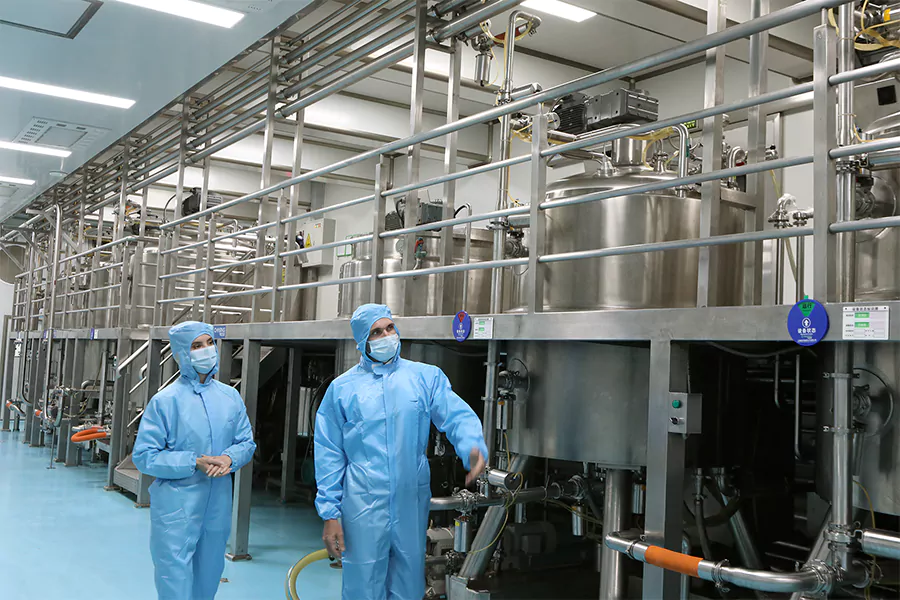In every industry, there are stories of businesses that almost folded but came back. In the fast-growing Southeast Asian hair care market, where competition is fierce and trends are changing fast, it is easy for traditional brands to fall behind.This is a story of a family enterprise that nearly shut down in 2020. But rather than giving up, the founder took one move that reversed the fortunes of the business. By partnering with a hair care OEM, the business not only survived but also emerged as one of the highest-selling enterprises in the region.
How did they do it? And more importantly, what can other businesses learn from following suit?
Let me illustrate what happened—and how the right partnership made all the difference.
What Went Wrong: Behind the Crisis
In 2020, this Southeast Asian hair care firm was in shambles. Its sales fell 60%, its factories were out of date, and over 3 million bottles of unused inventory were stored in warehouses. The firm was stuck in neutral.
For years, it’s held on to the same old formulas and outdated procedures. While the rest of the southeast asian b2b cosmetics industry shifted to newer alternatives like OEM ODM cosmetics, this brand was behind.
To make matters worse, the introduction of e-commerce platforms like Shopee and Lazada transformed the buying and selling of beauty products. But the firm was not properly certified or equipped to keep up.
That was when the fortunes turned. At a trade fair in Vietnam, the entrepreneur encountered members of LocRoyal, a respected OEM cosmetics manufacturer with expertise in private-label hair care products. What started out as a casual conversation was to kindle a new path for the struggling company.
But before the founder could confront three significant challenges head-on.
Customer Dilemma: Three Fatal Injuries Under the Traditional Model
So, what was it about this brand that kept it back? Why was it so difficult to thrive in a market that was obviously expanding? Let’s take it apart.
1. R&D Shortcomings
The company had not introduced a new product in over five years. It still used outdated formulas, when younger consumers demanded cleaner, working products with natural plant extract hair care ingredients. Popular products like anti hair loss treatment shampoos were on the market, but the company did not have anything to sell in that line.
Whereas contemporary brands have an alliance with a cosmetic OEM factory to produce new, tested products, this firm lagged behind. In a trend-driven business, remaining stationary is risky.
2. Cost Out of Control
Having a tiny little factory of one’s own may strike some as economically savvy, but it generally isn’t. The machinery was antiquated, the stuff was terrible, and the production cost per bottle was 30% higher than industry standards. Margins for profit were shrinking rapidly.
By collaborating with a hair care producer such as LocRoyal, businesses can subsequently gain access to advanced manufacturing processes that can cut the cost without sacrificing quality.
3. Market Disconnection
Lastly, the firm could not take its business to the online markets because it lacked certifications like those under the ASEAN Cosmetic Directive. Increasing numbers of consumers of the southeast asian hair care market are consuming it online, so compliance and having the right documents is important.
Apparently, the company was in trouble. But how, precisely, could an OEM/ODM partner save it?
Cooperation Breakthrough: How OEM/ODM Services Can “Help with the Symptoms”
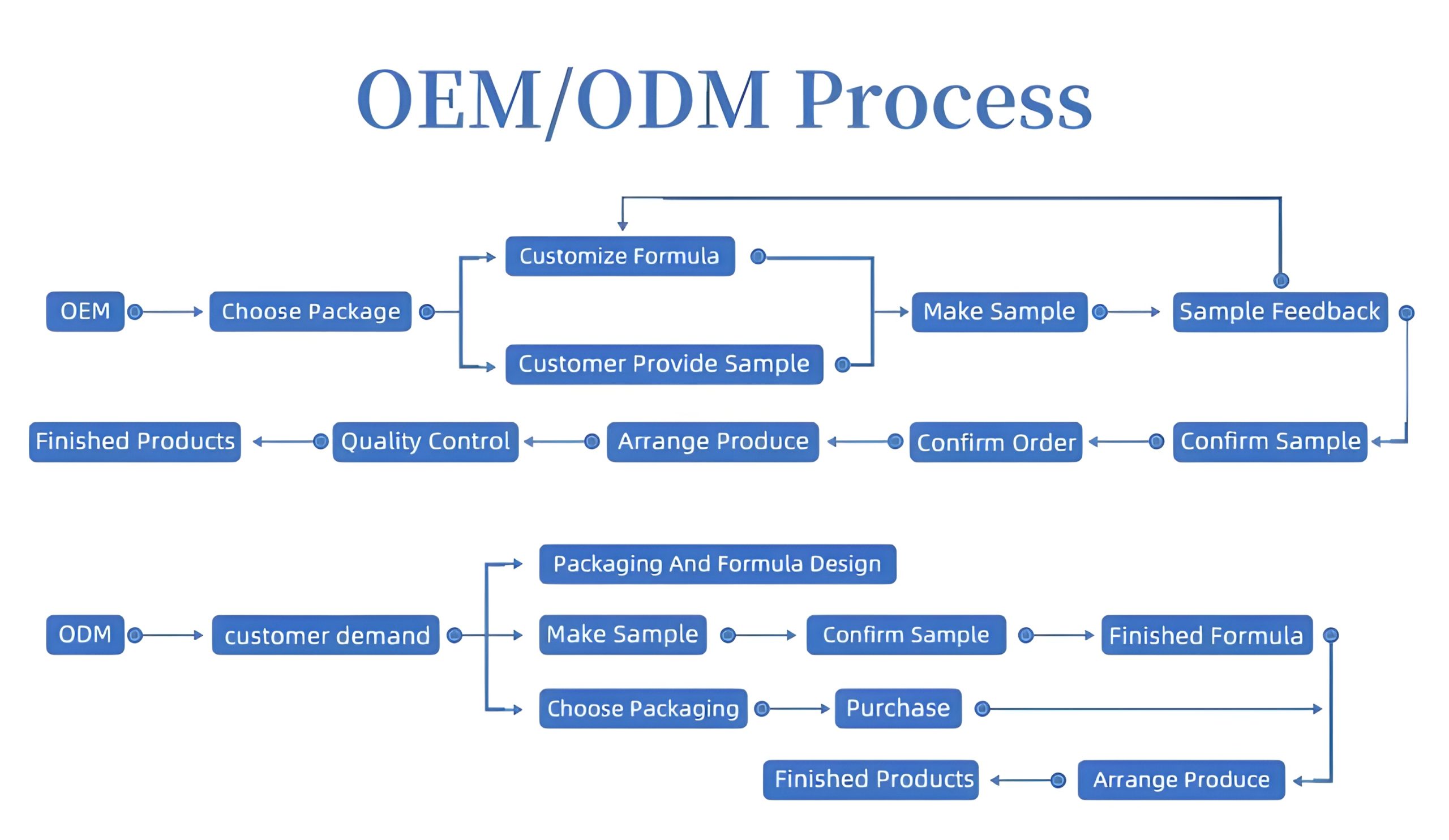
It wasn’t one fix that saved the brand—it was a total transformation ignited by LocRoyal’s one stop service. Let’s walk through what they did step by step.
Step 1: Accurate Product Positioning
First, LocRoyal helped the company get to know its marketplace. Through local research, they chose to specialize in “natural plant extract hair care” with an emphasis on anti hair loss treatment—two of the fastest-growing industries within the region.
They established three fundamental products collectively:
- Ginger shampoo for baldness aid
- Coconut oil hair conditioner for shine and moisture
- Herbal hair mask for repair and moisturizing
This was not just about formulas. LocRoyal employees helped create attractive, tropical-themed packaging that Southeast Asian shoppers would be attracted to—something a hair care product firm might not necessarily provide unless they also have branding support.
Step 2: Efficient Supply Chain Empowerment
Next was manufacturing. The company shifted manufacturing to LocRoyal’s intelligent factory, which raised capacity by 3X and reduced manufacturing expenses by 25%.
Most significantly, everything was done under ISO 22716 standards and adhered to the ASEAN Cosmetic Directive, opening up the possibilities of local stores and cross-border e-commerce platforms like Shopee and Lazada.
Through an alliance with an experienced OEM cosmetic manufacturer, the firm ultimately competed on a volume basis.
Step 3: Flexible Cooperation Model
LocRoyal also provided a “small batch trial production” option. They produced only 5,000 bottles—just large enough to try out the market without jeopardizing the enormous amounts.
Based on customer feedback, the formulation was modified for the hot and humid Indonesian climate by incorporating oil-control ingredients. OEM ODM cosmetics flexibility of this kind is hard to achieve under in-house manufacturing.
Evidently, the alliance was effective. But what type of outcome did this yield?
Results Verification: Data Witnesses the Counterattack
This is where the thrilling part begins. Within a year of launching their new product line using LocRoyal, the company’s annual revenue was $8 million. In 2023, they were making $30 million.
They became the top player in the southeast asian hair care market with listings in Shopee and Lazada. They were no longer a regional small brand— they were a market leader.
Even old-timers in the industry started calling them a standard bearer for natural hair care, proving that the hair care OEM business model could not only result in growth but actual change.
Thus, what made all this possible?
Why Choose Professional OEM/ODM?
The majority of brands are now wondering: “Do we do it ourselves, or hire a pro?”
Let’s examine why it is a good idea to utilize an OEM cosmetic manufacturer.
1. Reduce Expenses and Rationalize Operations
Instead of investing millions in your own cosmetics OEM factory, you can work with an installed system and still have control of the result. It saves effort, money, and time—without sacrificing quality.
2. Quick Response
Time is of the essence in the marketplace today. LocRoyal takes from idea to mass production in 45 days. That’s three times faster than the previous method, enabling brands to catch trends at their peak.
This type of agility provides you with a very strong advantage, particularly in the rapidly changing southeast asian b2b cosmetics market.
3. Risk Hedging
With small-batch trial production, you can experiment with ideas without taking a huge hit. And with compliance support, you can stay out of trouble with cross-border sales. It’s a wiser, safer approach to growth.
Apparently, working with a hair care OEM may be the key for new and under-performing brands.
Conclusion: Ready to Reinvent Your Hair Care Brand?
This company’s achievement was not luck. It was a result of wise decisions, adaptable support, and a solid OEM ODM cosmetics partnership.
Do you have lagging sales, production problems, or stale products? Don’t have to do it all alone.
With a partner like LocRoyal, your company can have professional help with creating products, packaging, manufacturing, and compliance under one roof.
Click here to learn more: https://locroyalhaircare.com.
LocRoyal is a full-service solutions company and private-label hair care company that allows brands to grow smarter and faster.
LocRoyal is a professional hair care manufacturer; we have our own brands, “PURC” and “PROINSCARE,” and can offer private label hair care product customization services.
FAQs
1. What is a hair care OEM service?
A hair care OEM service allows brands to outsource production and formula design to a third-party specialist like LocRoyal, which offers customized formulae, packaging, and full compliance support.
2. In what ways is LocRoyal different from other OEM cosmetic makers?
LocRoyal is a cosmetic OEM factory providing authentic one stop service, from R&D and packaging design to production and worldwide certifications—all tailored for the southeast asian hair care market.
3. Is it possible to launch a new product with a low order quantity?
Yes! LocRoyal provides small batch trial production, from as low as 5,000 units. This minimizes risk and allows market testing before going large-scale.
4. Do you provide custom hair care product development?
Yes. We provide natural plant extract hair care expertise and can help design customized anti hair loss treatment, shampoos, conditioners, etc.
5. Is LocRoyal in accordance with ASEAN cosmetics regulations?
Yes. We assist all clients with ASEAN Cosmetic Directive compliance and help ensure products are ready for both local and cross-border e-commerce markets.
6. How rapidly can you turn around a finished product?
Our cycle, from idea to mass production, is as brief as 45 days, three times faster than before.
7. Do you stock private label hair care products?
Yes, LocRoyal is one of the leading hair care product manufacturers of private label hair care products in Southeast Asia. We do everything, from branding to packaging.
8. Can I resell the products on Lazada or Shopee?`
Indeed. Our solutions are designed to help brands thrive in the southeast asian b2b cosmetics market, from huge e-commerce sites.
9. Do you provide product branding and packaging services?
Yes! Our OEM ODM cosmetic solutions like tropical-style design, brand customization, and compliance labeling will make you stand out on the shelf and online.
10. How can I begin LocRoyal’s OEM service?
It is simple to begin. Visit our website at https://locroyalhaircare.com and contact our staff for a free consultation on how we can bring your product to life.


